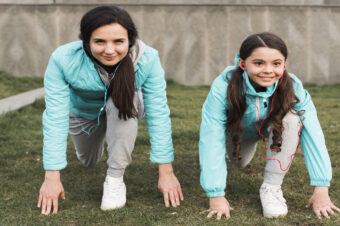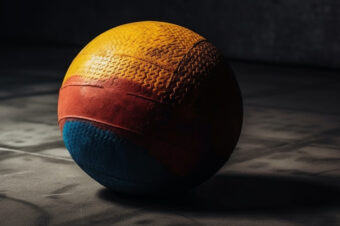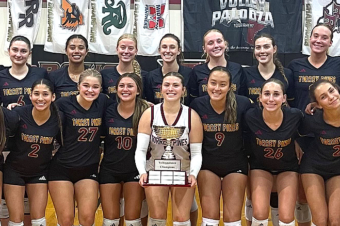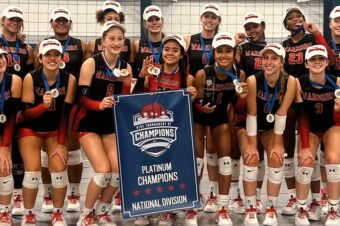Spondylolysis?
CalHiSports Insights December 5, 2013 SportStars 0
An overview of spondylolysis, a condition which leads to lower back pain
BACK PAIN : Hunter Greene, M.D.
Low back pain is a fairly common complaint among adolescent athletes. In many cases, this low back pain is a symptom of spondylolysis, a stress fracture of an area of the lower spine called the pars interarticularis. Typically, spondylolysis is caused by repetitive hyperextension (arching) and rotation of the back in sports. Muscle tightness and strength imbalances of the back and core muscles may also contribute.
WHO IS AT RISK?
This condition mainly affects young athletes who participate in sports in which the back is repeatedly hyperextended with either excessive rotation or repetition. We see spondylolysis in many different sports, including gymnastics, football, diving, weightlifting and dance. Poor strength and flexibility, inadequate warm-up, genetics and poor technique are also risk factors.
SIGNS AND SYMPTOMS
Athletes with spondylolysis may feel pain and stiffness in the center of the low back that is worse with hyperextension and twisting. They may also feel tightness in the hamstring muscles. Symptoms typically get worse with activity and better with rest.
PREVENTION
Taking a few simple precautions can reduce your risk of spondylolysis:
>> Use proper technique
>> Wear proper protective equipment and ensure correct fit
>> Warm up and stretch appropriately before practice or competition
>> Maintain appropriate conditioning, back and hamstring flexibility, back and core strength, and cardiovascular fitness
TREATMENT
An X-ray of the lower back will determine whether or not there is a stress fracture. Initial treatment for spondylolysis involves rest from activities that cause the pain. Non-steroidal anti-inflammatory medications are sometimes recommended to ease discomfort.
Occasionally, a back brace and physical therapy may be prescribed. In most cases, athletes can gradually resume activities with few complications or recurrences. Stretching and strengthening exercises for the back and abdominal muscles can help prevent spondylolysis from occurring again down the road.
In rare cases, surgery is needed for athletes who have persistent back pain after several months of conservative treatment.
Hunter Greene, M.D., is a board-certified orthopedic surgeon with Summit Orthopedic Specialists in Carmichael.
SportStars
SportStars Magazine: High School Sports Articles Online SportStars is your go-to source for the very best high school sports articles in California. Player and team profiles, game coverage, health and fitness tips and the largest Camps, Clinics & Combine resource for athletes. We're the story behind the stats.









No comments so far.
Be first to leave comment below.